Synonym: Trochanteric prominence angle test Patient position: Prone with knee on test side flexed to 90 degrees Test procedure: Examiner palpates the greater trochanter and internally and externally rotates the hip until the greater trochanter lies at the lateral most aspect of the hip (the greater trochanter is parallel to…
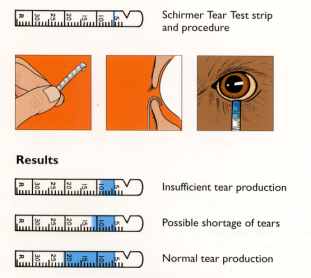
Schirmer’s test
Schirmer’s test is a measurement of tear production, devised by the German ophthalmologist Otto W.A. Schirmer. Originally, Schirmer used blotting paper to collect tears elicited by one of the 3 methods of stimulating lacrimation: Inserting the strip of paper itself Irritating the nasal mucosa after the cornea had been anesthetized…

Complex Regional Pain Syndrome (CRPS)
Synonyms: CRPS, Sudeck’s atrophy, Reflex sympathetic dystrophy, RSD, Causalgia Chronic regional pain syndrome (CRPS) is a persistent neuropathic pain syndrome of an inappropriate intensity due to sustained sympathetic activity with the absence of impending or ongoing tissue damage. There are 2 types of CRPS: Type 1 (Sudeck’s atrophy or Reflex…
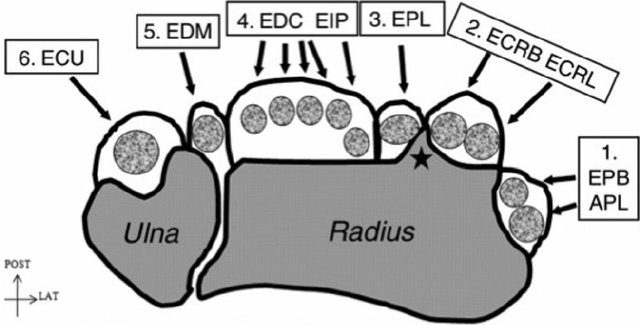
Wrist Extensor Compartments
The Extensor Zone VII (wrist) contains 6 extensor compartments comprising of 6 synovial sheath lined tunnels separated from each other by fibrous sheath. These compartments contain tendons of muscles that pass from forearm to hand. The number of tendons passinf thorugh the compartments (radial to ulnar) can be remembered using…
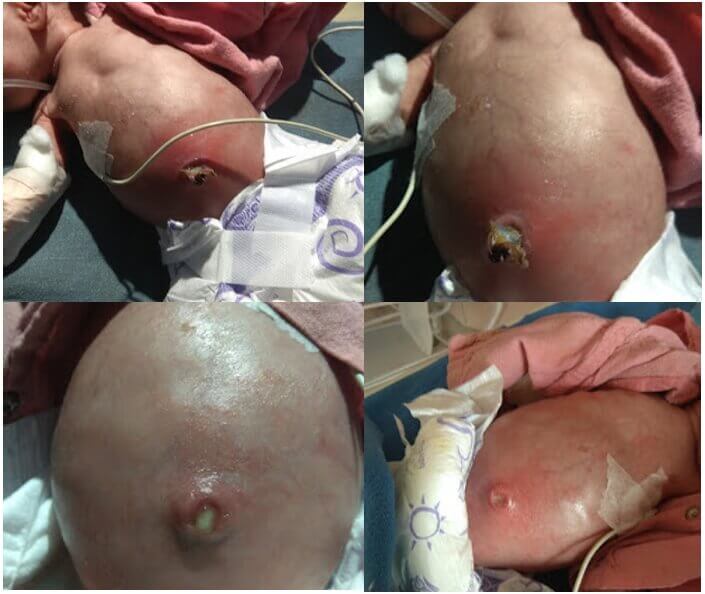
A Case of Neonatal Umbilical Infection leading to Septic Shock
Case report A Preterm neonate of 33 weeks gestation deteriorated on day 2 with septic shock and decreased urine output rapidly over 12 hours. Baby was pale and CRT was prolonged. A Workup was sent and empirical antibiotics were started. Baby needed Inotrope support and improved over next 24-48 hours….
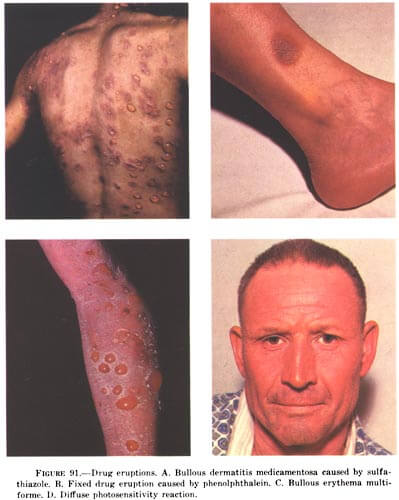
Drug Eruptions – When the Solution becomes Problem
Before we start to develop our understanding of the drug eruptions. Let’s first lay down the foundation by clearing some basic concepts. What is an Allergy? What is meant by an adverse drug reaction? What is the diversity of allergic reactions due to drugs? Allergy This is a hypersensitivity disorder…
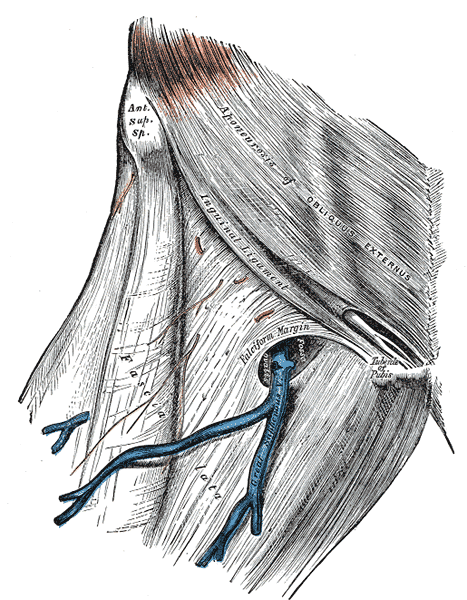
Fascia Lata and Tensor Fascia Lata
Fascia lata and Tensor fascia lata althought different structures is often mistaken as the same by the students. Fascia Lata It is the fascial ‘stocking’ deep to the skin and superficial fascial and encloses the muscle of thigh. Proximally, its attachment can be traced around the pelvis and distally, it…
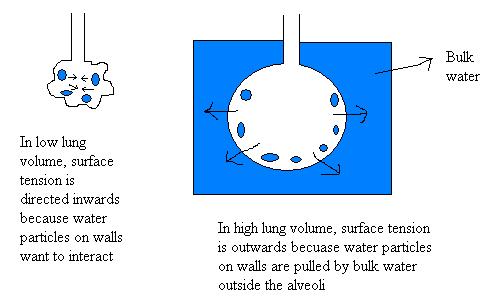
Physiology of Pulmonary Surfactant
Origin Type II alveolar cells/pneumocytes (small but numerous) and Lamellar bodies (appear in Type II pneumocytes at around the 20th week of gestation) Type I alveolar cells (large and covers 95% alveoli) are squamous cells and involved in gas exchange process. Recycling 90% is reprocessed (through endocytosis); average time for…
